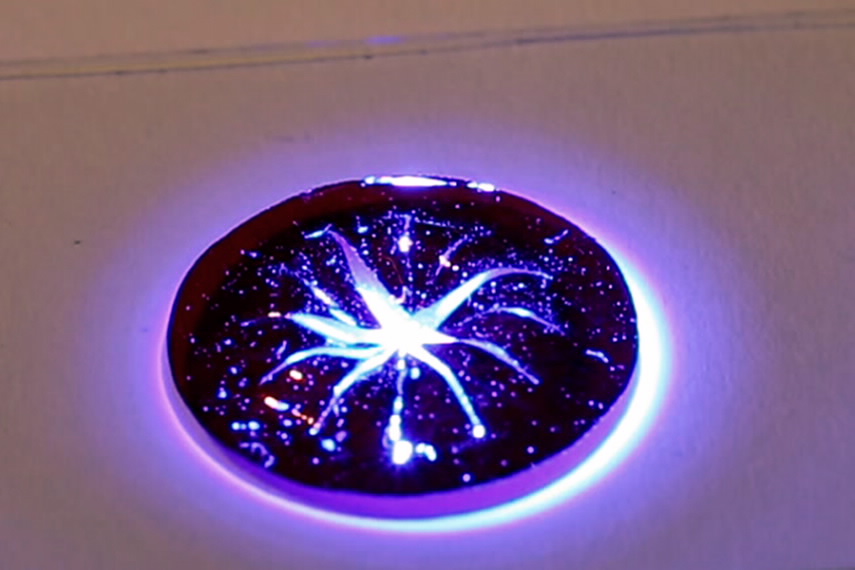Artificial iris responds to light like real eyes
The human iris does its job of adjusting your pupil size to meter the amount of light hitting the retina behind without you having to actively think about it. And while a camera's aperture is designed to work the same way as a biological iris, it's anything but automatic. Even point-and-shoots rely on complicated control mechanisms to keep your shots from becoming overexposed. But a new "artificial iris" developed at Tampere University of Technology in Finland can autonomously adjust itself based on how bright the scene is.

Scientists from the Smart Photonic Materials research group developed the iris using a light-sensitive liquid crystal elastomer. The team also employed photoalignment techniques, which accurately position the liquid crystal molecules in a predetermined direction within a tolerance of a few picometers. This is similar to the techniques used originally in LCD TVs to improve viewing angle and contrast but has since been adopted to smartphone screens. "The artificial iris looks a little bit like a contact lens," TUT Associate Professor Arri Priimägi said. "Its center opens and closes according to the amount of light that hits it."
The team hopes to eventually develop this technology into an implantable biomedical device. However, before that can happen, the TUT researchers need to first improve the iris' sensitivity so that it can adapt to smaller changes in brightness. They also need to get it to work in an aqueous environment. This new iris is therefore still a long ways away from being ready so we'll just have to keep shoving mechanical cameras into our eye sockets until then.













No comments: